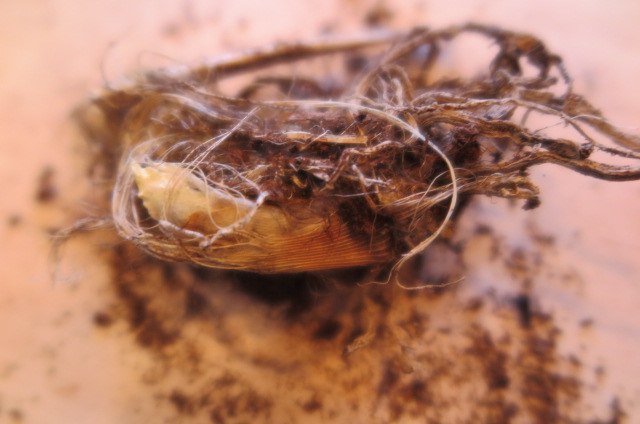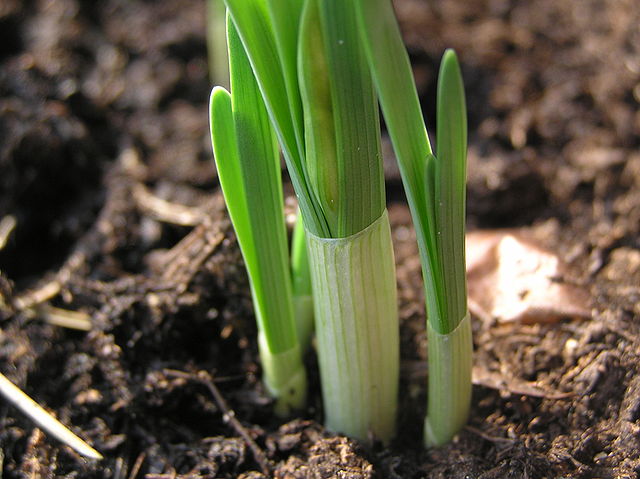Clinantheae is a tribe, where it forms part of the Andean clade, one of two American clades. The tribe was described in 2000 by Alan Meerow et al. as a result of a molecular phylogenetic study of the American Amaryllidoideae. This demonstrated that the tribe Stenomesseae, including the type genus Stenomesson was polyphyletic. Part of the tribe segregated with the Eucharideae and were submerged into it, while the other part formed a unique subclade. Since the type species of Stenomesson was not part of the second subclade, it was necessary to form a new name for the remaining species together with the other genera that remained. This was Clinanthus, the oldest name for these species, and consequently the tribe Clinantheae.
Clinantheae
The Amaryllidaceae are a family of herbaceous, mainly perennial and bulbous flowering plants in the monocot order Asparagales. The family takes its name from the genus Amaryllis and is commonly known as the amaryllis family. The leaves are usually linear, and the flowers are usually bisexual and symmetrical, arranged in umbels on the stem. The petals and sepals are undifferentiated as tepals, which may be fused at the base into a floral tube. Some also display a corona. Allyl sulfide compounds produce the characteristic odour of the onion subfamily (Allioideae).
Amaryllidaceae
Allium cepa bulbs with roots
Rhizome of Agapanthus
Narcissus shoots emerging, with sheathed leaves





